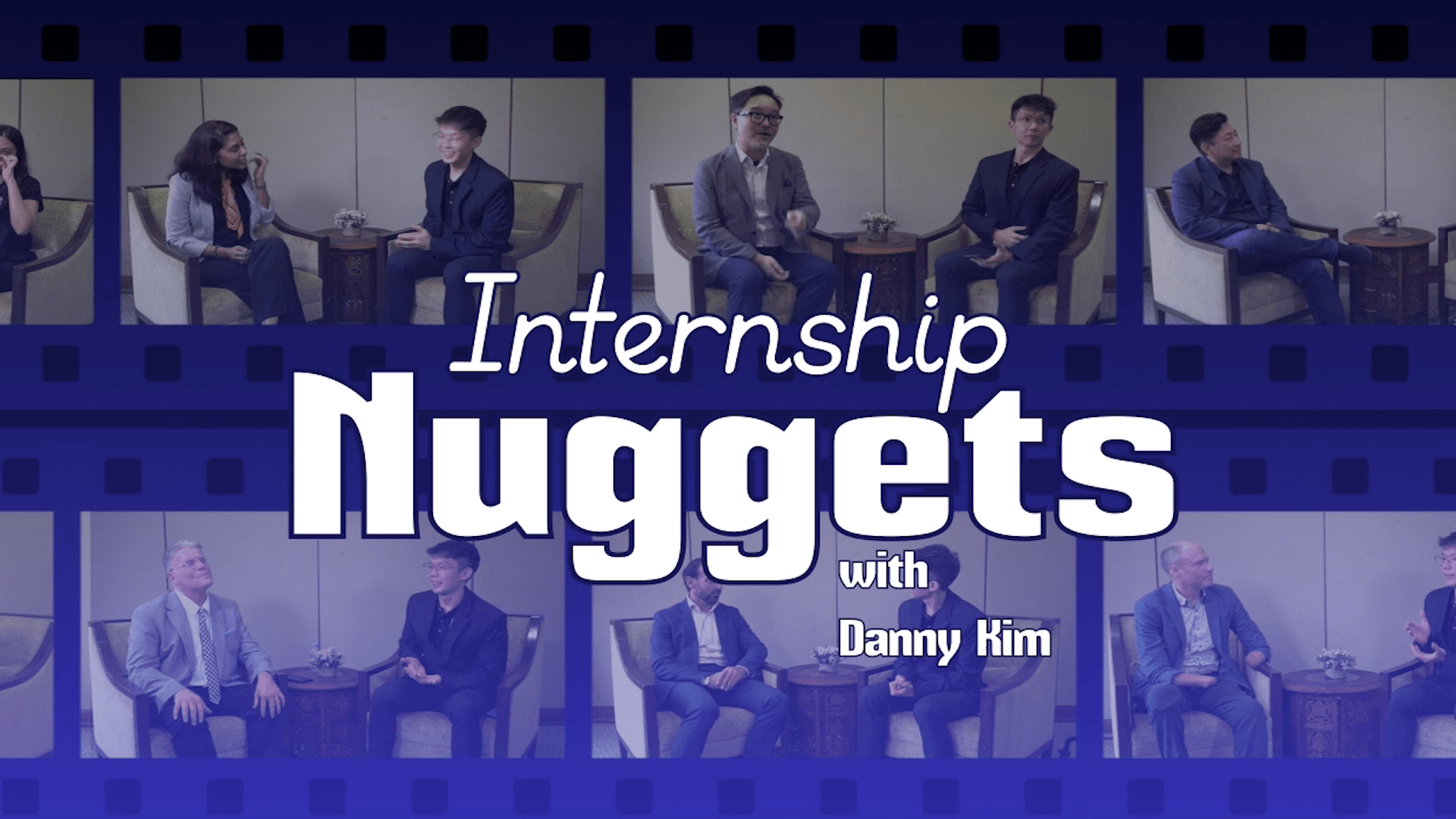Sorry? CEOs And Everyone Need To Learn To Apologise (Part II)

[First posted on Leaderonomics.com on 14 April 2015]
[Updated: 24 April 2015]
The apologetic CEO
Organisations get their cue from their leaders. CEOs need to be the first to apologise. They need to role-model this behaviour and make it safe for others to apologise and admit to mistakes.
I tend to apologise often and many times, I get scolded and reminded that leaders must never apologise. I know these advice-givers are wrong. Apologies are great because they take the energy out of conflicts and diffuse them.
But more importantly, the essence of leadership is relationships. Apologies are crucial to relationships. Instead of viewing apologies as a loss of face, view it as investment in the future of your relationship with a colleague, employee, boss or even a customer. Business is all about relationship.
Furthermore, great CEOs understand that saying sorry can strengthen their organisation. When the CEO apologises, he/she indicates that he/she cares, is authentic, is secure enough to admit his/her flaws and is going to work hard to make things better.
It also immediately encourages other leaders in the organisation to role-model him/her and recognise failure and apologise likewise. So, instead of “losing face”, the leader gains credibility when an apology is made.
Eat humble pie
Saying sorry also works with customers. One of my most humbling experience was when I worked in aviation.
Our organisation had worked tremendously hard to close a sale with a customer in China. We promised them we would go out of our way to ensure we would service their equipment.
Unfortunately, we did not do a comprehensive job and the customer immediately spotted some issues when we returned their equipment.
The head of the customer organisation was upset and refused to even meet up. Nevertheless, we forced our way in to see her. When we “bumped” into her, we bowed down and apologised profusely, promising that we will do better for the next service. She refused to acknowledge our apology and walked off.
We thought the apology and trip was in vain. A week later, they sent us more equipment to service. We were shocked. It was the power of an apology. It rebuilds lost customer trust.
To acknowledge a mistake is to declare to your employees or customer that you are taking responsibility and going to take corrective action. This earns us the license to be forgiven, and allowed a second chance.
Whether customers or employees, we all know deep down that we all make mistakes and an apology opens our willingness to forgive and allow second chances.
Bad apologies
So, how do you apologise? Let me start with how you should NOT apologise. Never apologise when you are insincere.
People know an insincere apology. Don’t use lines as below:
• I’m sorry you feel that way.
• Yes, we admit it, and we are sorry. But …
• We apologise although you have to admit a big part of this is your fault too.
• We are so sorry, but our manufacturers cause this big issue.
We see many examples of bad apologies in the corporate world. Mattel in 2007 had to recall 20 million toys, including some Barbie dolls. They apologise with a ‘but’. And they blamed their Chinese manufacturers for the issues. It resulted in Mattel having to make another apology to their Chinese manufacturers as well.
Apple in 2008 made one of these insincere apologies. When they reduced their price of their iPhone by a third within a few months, the early purchasers were upset.
Instead of apologising, they issued a US$100 credit note. This resulted in more angry emails and letters which prompted Steve Jobs to apologise officially. However, a huge part of his apology statement listed the business case for the price drop. And worse, the apology started becoming defensive with a line that went, “This is life in the technology lane.” This became a classic case of “I am sorry BUT” apology.
How do we apologise?
Here is my top eight ways to apologise effectively:
- No “if” – Eliminate the word “if” (i.e. “If I have offended you, I am sorry.”) We are essentially telling them that we are unaware and unsure of the offence. And some may take it as a second insult where we are implying that the offended person is too sensitive as we view it as a non-issue.
- Never apologise for anything for which you are not sorry for – Your insincerity will be very obvious.
- Separate the apology and the explanation – Apologise. No need explanations. We all want the other person to understand that it is not entirely our fault, but this should never happen during the apology.
- Always try to apologise in person if possible – Never use email to apologise as it comes across as insincere.
- Make it brief – The longer you talk, the weaker the impact of your apology.
- Never blame others – In your apology, take personal responsibility for your portion of the issue. Don’t portion blame to others even if there are other parties responsible.
- Focus on next steps and move on – After the apology, work out how to resolve the issue and how to move on.
- Never delay your apology – Apologise quickly. After a period, your apology losses it effectiveness and positive impact.
Final thoughts
To apologise is to be self-aware, willing to acknowledge your error, and to act quickly to tell the truth without rationalising the behaviour.
US President Barack Obama is often labelled as weak as he seems to be frequently apologising. Even at his campaign stage, he apologised to reporter Peggy Agar for calling her “sweetie”.
He apologised to the native Americans for their past treatment, went on Jay Leno’s show to apologise about his joke on the Special Olympics and even apologised to Europe for “America’s arrogance”. His apologies probably got him elected and re-elected. Why? People relate to another human being.
Saying sorry is a humane gesture and is a great relationship builder, a diffuser of anger and a tool every leader must use frequently and effectively.
The world needs less anger and more apologies. The best leaders say sorry to diffuse anger and build relationships. How about you? Have you apologised?
Read the first part of the story: Sorry? CEOs And Everyone Need To Learn To Apologise (Part I)
Click play to listen to the corresponding podcast:
For more Be a Leader articles, click here.
Leadership
Roshan is the Founder and “Kuli” of the Leaderonomics Group of companies. He believes that everyone can be a leader and "make a dent in the universe," in their own special ways. He is featured on TV, radio and numerous publications sharing the Science of Building Leaders and on leadership development. Follow him at www.roshanthiran.com






